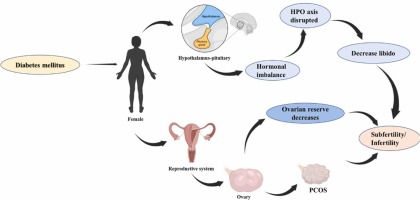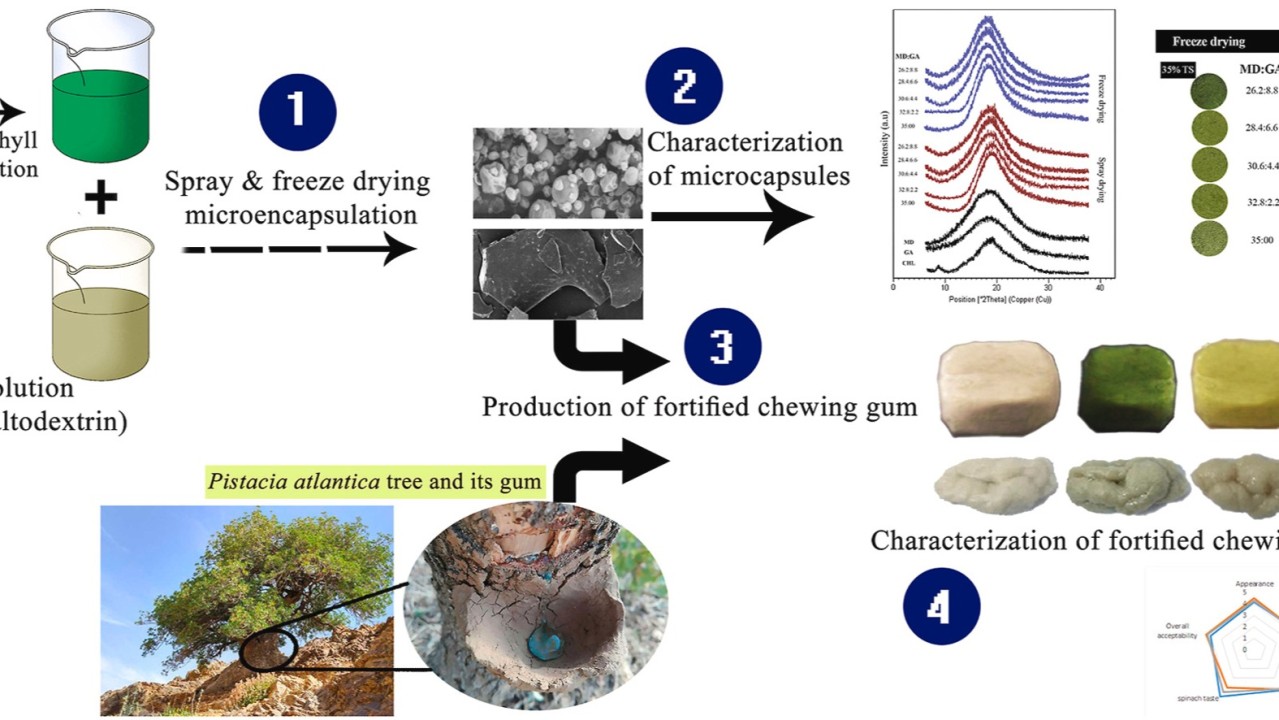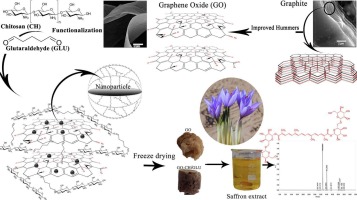By Abbas Tavakolian Arjmand 1, Mahnaz Nouri 2,
Shima Tavakolian Arjmand 3
Affiliations
- 1 Reproductive Endocrinologist, Department of Internal Medicine, Shahrood Branch, Islamic Azad University, Shahrood, Iran.
- 2 Obstetrics and Gynecologist,Department Of Obstetrics & Gynecology, Sharood Branch, Islamic Azad University, Shahrood, Iran. Electronic address: m_nouri@iau-shahrood.ac.ir.
- 3 Department of Clinical Pharmacy, Faculty of Pharmacy, Mazandaran University of Medical Sciences, Sari, Iran.
- PMID: 26364227
- DOI: 10.1016/j.dsx.2015.08.007
Abstract
Back ground: Sharing the same pathophysiologic principle which is insulin resistance, type 2 diabetes mellitus (T2DM) and poly cystic ovary syndrome (PCOS) are usually considered closely related and easily interchangeable medical entities. Numerous attempts have been made to document this illusory perspective.
Objective: Based on a delicate pathophysiologic notion, we believe that fully developed T2DM is infrequently observed with fully featured PCOS.
Materials and methods: In an observational descriptive study 257 married T2DM women were consecutively included and meticulously investigated for fertility history and, albeit, clinical and biochemical features of PCOS.
Results: Of 257 married diabetic women only six (2.3%) had no children. In one case a male problem (azoospermia) and in the second case, late marriage (aged 45 at wedding ceremony) was the cause of infertility. Thus, only four (1.6%) might have been labeled as true female factor infertility. Astounding to report was the average pregnancies for each participant which was 5.1±2.5, ranging from zero to fifteen.
Conclusion: we would suggest that, despite the well-established fact of insulin resistance as the common pathophysiologic process for T2DM and PCOS, they are definitely separate medical entities. As a matter of fact T2DM and PCOS are the two opposite aspect of the insulin resistance coin.
Keywords: Insulin resistance; Poly cystic ovary syndrome; Type 2 diabetes mellitus.
Copyright © 2015 Diabetes India. Published by Elsevier Ltd. All rights reserved.
Similar articles
-
AMERICAN ASSOCIATION OF CLINICAL ENDOCRINOLOGISTS, AMERICAN COLLEGE OF ENDOCRINOLOGY, AND ANDROGEN EXCESS AND PCOS SOCIETY DISEASE STATE CLINICAL REVIEW: GUIDE TO THE BEST PRACTICES IN THE EVALUATION AND TREATMENT OF POLYCYSTIC OVARY SYNDROME – PART 2.Goodman NF, Cobin RH, Futterweit W, Glueck JS, Legro RS, Carmina E; American Association of Clinical Endocrinologists (AACE); American College of Endocrinology (ACE); Androgen Excess and PCOS Society.Endocr Pract. 2015 Dec;21(12):1415-26. doi: 10.4158/EP15748.DSCPT2.PMID: 26642102 Review.
-
Polycystic ovary syndrome and insulin: our understanding in the past, present and future.Mayer SB, Evans WS, Nestler JE.Womens Health (Lond). 2015 Mar;11(2):137-49. doi: 10.2217/whe.14.73.PMID: 25776288 Review.
-
Insulin resistance, polycystic ovary syndrome, and type 2 diabetes mellitus.Ovalle F, Azziz R.Fertil Steril. 2002 Jun;77(6):1095-105. doi: 10.1016/s0015-0282(02)03111-4.PMID: 12057712 Review.
-
A case-control observational study of insulin resistance and metabolic syndrome among the four phenotypes of polycystic ovary syndrome based on Rotterdam criteria.Jamil AS, Alalaf SK, Al-Tawil NG, Al-Shawaf T.Reprod Health. 2015 Jan 16;12:7. doi: 10.1186/1742-4755-12-7.PMID: 25595199 Free PMC article.
-
An observational study of reduction of insulin resistance and prevention of development of type 2 diabetes mellitus in women with polycystic ovary syndrome treated with metformin and diet.Glueck CJ, Goldenberg N, Sieve L, Wang P.Metabolism. 2008 Jul;57(7):954-60. doi: 10.1016/j.metabol.2008.02.011.PMID: 18555837 Clinical Trial.
Cited by
-
Adverse effects of type 2 diabetes mellitus on ovarian reserve and pregnancy outcomes during the assisted reproductive technology process.Qin X, Du J, He R, Li Y, Zhu Q, Li Y, Li H, Liang X.Front Endocrinol (Lausanne). 2023 Nov 15;14:1274327. doi: 10.3389/fendo.2023.1274327. eCollection 2023.PMID: 38033999 Free PMC article.
-
Diabetes Induces Abnormal Ovarian Function via Triggering Apoptosis of Granulosa Cells and Suppressing Ovarian Angiogenesis.Wu Y, Li Y, Liao X, Wang Z, Li R, Zou S, Jiang T, Zheng B, Duan P, Xiao J.Int J Biol Sci. 2017 Oct 17;13(10):1297-1308. doi: 10.7150/ijbs.21172. eCollection 2017.PMID: 29104496 Free PMC article.




